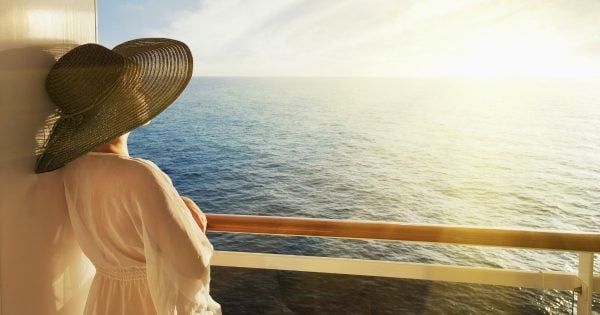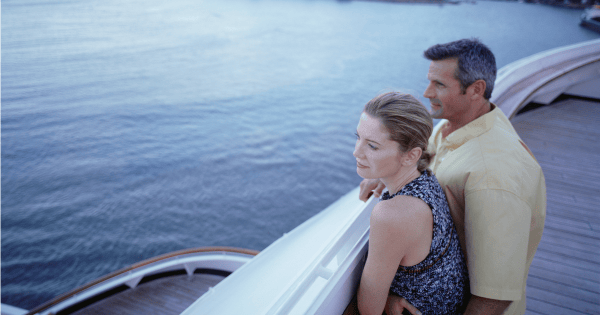There are lots of myths and misconceptions about cruising and most of them are based on half truths or hearsay. Here is the Skyscanner Australia reality check, so that any misunderstandings are cleared up before you sail into the sunset.
1.The crowds are unbearable.
The biggest cruise ship in the world, Royal Caribbean’s Symphony of the Seas, can house 5,494 guests and 2,394 crew. That’s a lot of people on a single vessel.
Passenger numbers are smaller on ships based in Australia, but you are still talking of thousands of people on each one. Three thousand people in one swimming pool? You’ve got to be kidding!
But things aren’t as bad as they might seem. The first couple of days are the worst on any cruise. Everyone wants to explore the ship and use as many of the facilities as they can. The buffet is crowded, because everyone wants lunch at the same time, the deck chairs are all taken, and there are people everywhere. But, bit-by-bit, people settle into their own routines and start to spend more time relaxing in their cabins and readjusting their mealtimes and playtime. Some people barely ever make it out on deck, some hardly leave the casino.
I find that a civilised breakfast in the restaurant is much nicer than a buffet free-for-all, and I try and leave the ship a little later than most of my fellow passengers on port days. Very experienced cruisers say the best time is when everyone is doing port tours and they have the ship almost to themselves. A private balcony is the best option if you want some time away from other people, while you can pay more to access exclusive deck areas and other facilities on some ships too.


